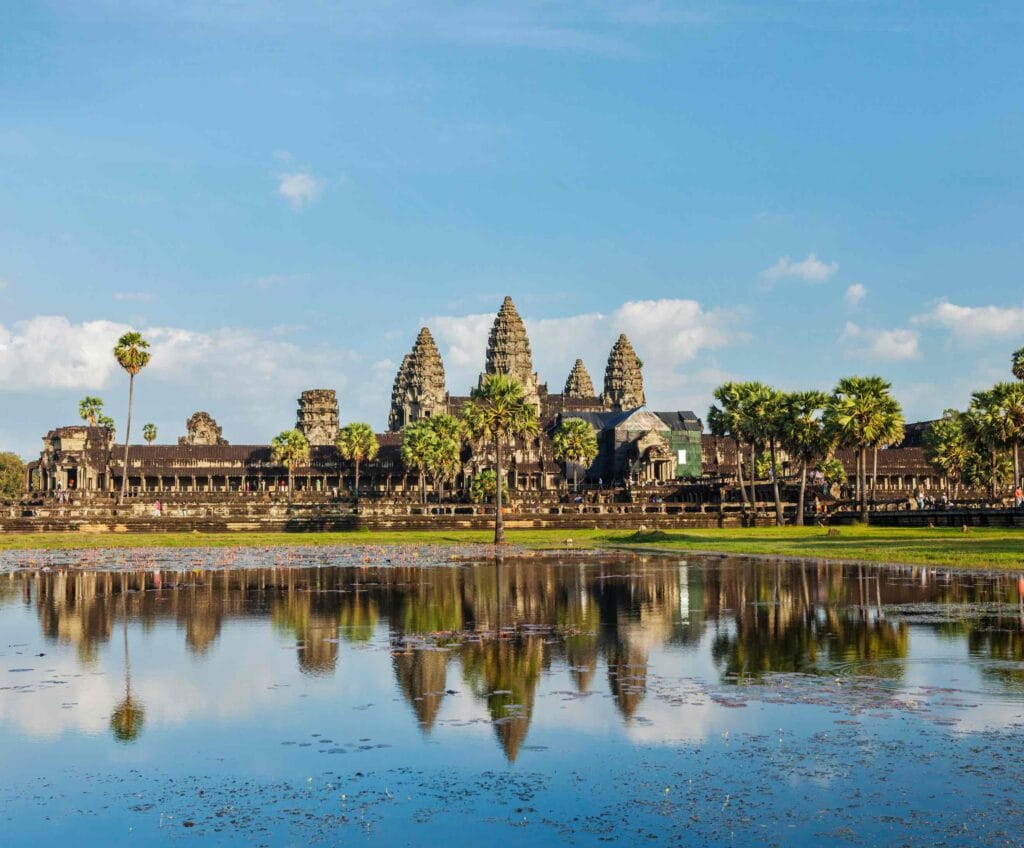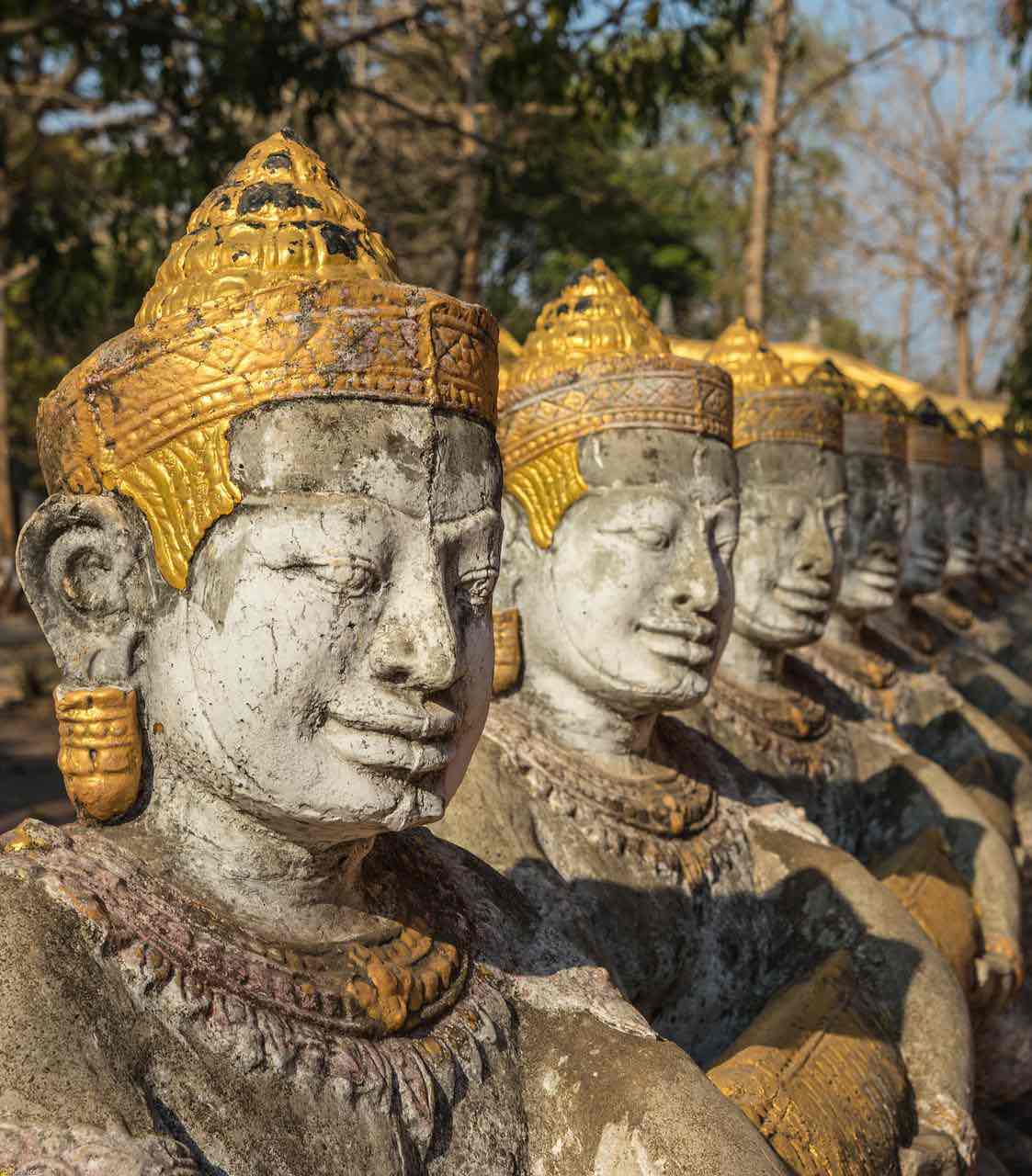Asia
Asia, the world’s largest and most diverse continent, beckons with a kaleidoscope of experiences. Imagine wandering through bustling markets infused with a blend of spices in India, exploring the serene temples of Japan, or lounging on the pristine beaches of Thailand. The allure of Asia lies in its intoxicating mix of ancient traditions and cutting-edge modernity, its landscapes, its cultures, and its myriad stories waiting to be told.
Here at Northern Wanderers, we’re utterly enchanted by Asia’s vast tapestry. From the snow-capped peaks of the Himalayas to the verdant rice terraces of Bali, we’ve journeyed far and wide to curate the most immersive and authentic travel guides for our fellow adventurers.
Whether you’re a solo backpacker, a luxury traveller, or somewhere in between, our guides offer a rich tapestry of insights tailored for every kind of journey. Packed with local gems, budgeting hacks, and paths less trodden, our aim is to help you experience Asia in its rawest and most authentic form.
So, pull out your map, lace up those travelling boots, and set forth with Northern Wanderers to unravel the wonders of Asia. Here’s to adventures that leave imprints on your soul!
Select a country below or search for your destination:
Best Time To Visit

The best time to visit Asia depends on where you want to go and what you want to do. There are some significant climate variations across the regions, but rather than limiting possibilities, this makes Asia a year-round destination with good conditions for exploring throughout the year.
In general, the cool, dry season lasts from November to April across mainland Southeast Asia and the Philippines making this a good time to visit Thailand, Vietnam or Indochina, while Indonesia and Borneo are drier from April to October, and Malaysia offers year-round sun on one coast or the other.
What To Expect
East Asia: East Asia is one of the most travelled regions for international visitors. It’s made up of China, Mongolia, North Korea, South Korea, Japan, Taiwan, and Macau. It’s home to more than 22% of the global population as well as some of the top city break destinations in the world. It also boasts some of the region’s most impressive natural and human-made wonders like Mount Fuji, Huangshan Mountain and The Great Wall of China.
South Asia: South Asia is the most densely populated area in the world. It’s where you’ll find destinations like Sri Lanka, Bangladesh, India, Afghanistan, Pakistan, Bhutan, Nepal, and the Maldives. They are most well-known for impressive cultural heritage sites like the Taj Mahal and the Sigiriya Fortress.
Southeast Asia: Southeast Asia is a popular destination for budget travellers. It’s divided into 15 countries with the most popular countries for budget travellers being Cambodia, Indonesia, Laos, Malaysia, Myanmar, the Philippines, Singapore, Thailand, and Vietnam.
Central Asia: Central Asia is made up of Tajikistan, Uzbekistan, Kazakhstan, Turkmenistan, and Kyrgyzstan. While it’s not as popular as other destinations in the region, more and more travelers have started to explore these countries in recent years. Some of it’s most popular attractions are the gas crater known as the “Gate of Hell” and the cities of Uzbekistan’s ancient Silk Road.
Guides by Country
Most Popular Posts
Is Asia Safe?
Asia, with its vast landscapes, vibrant cultures, and rich history, continues to draw travellers from every corner of the globe. But like any continent, it presents a spectrum of experiences — both awe-inspiring and challenging. Let’s delve into a few key safety considerations for those eager to explore this incredible part of the world.
1. Health Precautions: Asia’s diverse climate means a range of health concerns. Tropical regions might expose travellers to diseases like dengue or malaria. Before setting off, consult with a travel clinic about recommended vaccinations and carry essential medications. Drinking purified water and being selective about street food can also help prevent common ailments.
2. Cultural Sensitivities: Asia is a mosaic of cultures and traditions. Always be respectful of local customs. In some regions, modest dressing is essential, especially in religious sites. A little research goes a long way in ensuring your interactions are respectful and appreciated.
3. Urban Safety: As with many major cities globally, Asian metropolises might have areas with higher petty crime rates. Keep an eye on personal belongings in crowded places, and be cautious of scams targeting tourists.
4. Natural Phenomena: Certain parts of Asia are prone to natural disasters like earthquakes, typhoons, or monsoons. If you’re travelling during a region’s storm season, stay updated on local news and heed any official advisories.
5. Local Guidance: Engaging with local communities is not only a way to enrich your travel experience but also a means to gather insights on safety. Locals can provide invaluable advice on areas to explore and those to approach with caution.
In essence, travelling through Asia is a joy for the senses and the soul. While it’s essential to be aware of safety considerations, it’s equally important to approach your journey with an open heart and a sense of adventure.
Top 5 Things to See and Do in Asia
(Note: Asia is brimming with activities. Truly, there’s an abundance to explore and experience. The following are just a few of our top picks. For more country-specific activities, refer to the detailed guides linked to each country below!)
The sprawling temple complex of Angkor, near the city of Siem Reap in Cambodia, stands as a monumental testament to the grandeur of the Khmer Empire. At its heart is Angkor Wat, the world’s largest religious monument, whose intricate bas-reliefs and towering spires have left countless visitors in awe. Beyond this iconic temple, sites like the Bayon, with its enigmatic stone faces, and Ta Prohm, reclaimed by the jungle with trees growing amidst its ruins, add to the sense of ancient wonder. A sunrise or sunset view over these ancient structures is a moment to cherish, evoking a profound connection to history and spirituality.
Halong Bay, a UNESCO World Heritage site, is a dreamscape of limestone karsts and emerald waters off the northern coast of Vietnam. Traditional junk boats gracefully navigate between the bay’s nearly 2,000 islands and islets, offering travellers a serene voyage through one of Asia’s most picturesque landscapes. Caves, grottoes, and floating villages intersperse the journey, allowing visitors to delve deeper into the natural and cultural wonders of the bay. Whether you’re kayaking amidst the rock formations or simply lounging on deck, Halong Bay promises a rejuvenating retreat.
3. Immersing in the Cultural Delights of Kyoto, Japan
Kyoto, Japan’s ancient capital, is a tapestry of temples, shrines, and traditional teahouses. It offers a journey back in time, where geishas still gracefully tread along cobbled streets, and cherry blossoms paint the city in hues of pink come spring. The Golden Pavilion (Kinkaku-ji) and the Zen gardens of Ryoan-ji are just a couple of the myriad sites that captivate visitors. As the seasons change, Kyoto transforms – from the vibrant red maples in autumn to the snow-draped landscapes in winter, making every visit unique and enchanting.
4. Trekking the Himalayan Foothills in Nepal
Nepal, the land of the Himalayas, beckons trekkers and mountaineers from around the globe. Routes like the Everest Base Camp Trek or the Annapurna Circuit provide not only physical challenges but also panoramas of some of the world’s highest peaks. Along the way, trekkers traverse through verdant forests, traditional Sherpa villages, and ancient monasteries, gaining insights into the region’s rich cultural and spiritual tapestry. The journey, whether culminating in a mountain summit or a sunrise view, is as much about inner discovery as it is about external exploration.
Bangkok, Thailand’s bustling capital, is a gastronomic paradise for those keen to dive into authentic flavours. The city’s street food scene is legendary, with stalls dishing out delicacies ranging from spicy ‘tom yum’ soup to sweet mango sticky rice. Night markets, like the one on Khao San Road or at Chinatown’s Yaowarat, buzz with energy, offering a sensory overload of aromas, tastes, and sounds. Navigating these vibrant streets, sampling the myriad treats on offer, and mingling with locals over a shared love of food, is an experience quintessential to any Asian odyssey.
Recommended Tours
Travel Resources
More Ways to Keep in Touch
*Disclosure: Please note that some of the links above may be affiliate links, and at no additional cost to you, I earn a commission if you make a purchase. I only recommend products and companies I use and the income goes to keeping the site community supported and ad free.






